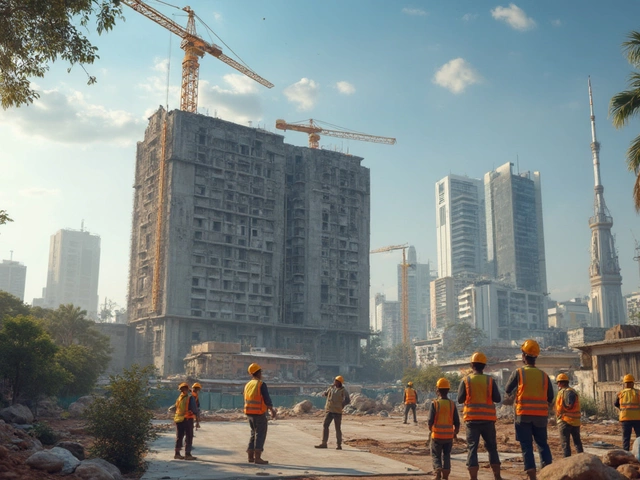Fireproof Materials: What Works, What Doesn't, and Why It Matters in Construction
When we talk about fireproof materials, substances engineered to resist ignition, slow flame spread, or withstand high heat without structural failure. Also known as fire-resistant materials, they’re not magic shields—they’re smart, tested solutions built into walls, floors, and beams to buy time during a fire. You won’t find anything that’s 100% fireproof in the real world, but you will find materials that meet strict building codes and give people minutes—sometimes more—to escape.
These materials don’t work alone. They’re part of a system. fire separation, a physical barrier like a firewall or fire-rated floor assembly designed to stop flames from moving between areas is just as important as the material itself. A steel beam might survive 2,000°F, but if the drywall around it burns through in 30 seconds, the whole structure becomes vulnerable. That’s why builders use combinations: gypsum board over steel studs, intumescent paint on beams, or concrete blocks in stairwells. These aren’t just choices—they’re requirements in commercial buildings, multi-family homes, and even some new residential builds under modern codes.
What you see on the surface isn’t always what’s inside. A wall might look like regular drywall, but if it’s rated for 1-hour fire resistance, it’s got special core materials and thicker layers. The same goes for floors. In mixed-use buildings—like a shop on the ground floor and apartments above—fire separation between levels isn’t optional. The building codes, official rules that define minimum safety standards for construction, including fire protection requirements don’t care if you’re trying to save money. They care if your neighbor can get out alive. And they’ve been updated after every major fire disaster to close loopholes. You can’t just slap on a coat of paint and call it fireproof. Real fire-resistant construction needs layers, testing, and certification.
Some materials get misused because they sound impressive. Fiber cement boards? Great for exteriors. But if you’re using them inside without proper framing or sealing, they won’t stop fire from spreading through gaps. Galvanized wire? It doesn’t burn, but it’s not a fire barrier—it’s for tying rebar or securing insulation. People mix up what materials do. Fireproofing isn’t about being tough—it’s about controlling how heat moves. That’s why insulation, seals, and penetrations matter just as much as the wall itself. A single unsealed pipe sleeve can turn a 2-hour rated wall into a chimney.
And here’s the truth: most homeowners never check. They assume their house is safe because it’s new, or because it passed inspection. But inspections don’t always catch hidden flaws. Was the fire-rated door properly installed? Were the electrical conduits sealed? Did the contractor use the right type of drywall, or just cheaper stuff that looks the same? The difference between a material that holds up and one that fails isn’t always obvious—until it’s too late.
What follows is a collection of real-world examples, code breakdowns, and practical advice from builders who’ve seen what happens when fireproofing is done right—and when it’s ignored. You’ll find answers on mixed-use buildings, foundation safety, renovation mistakes, and why some materials get called fireproof when they’re really just fire-resistant. This isn’t theory. It’s what’s written in the codes, tested in labs, and lived through in actual fires.





